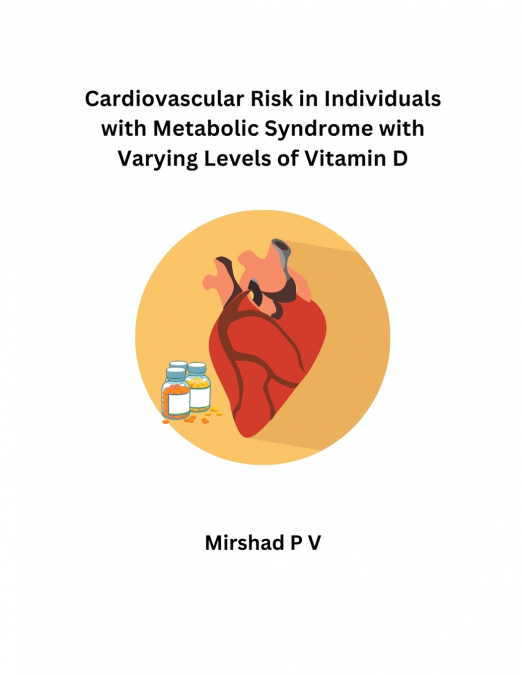
 Librería Desdémona
Librería Desdémona
 Librería Samer Atenea
Librería Samer Atenea
 Librería Aciertas (Toledo)
Librería Aciertas (Toledo)
 Kálamo Books
Kálamo Books
 Librería Perelló (Valencia)
Librería Perelló (Valencia)
 Librería Elías (Asturias)
Librería Elías (Asturias)
 Donde los libros
Donde los libros
 Librería Kolima (Madrid)
Librería Kolima (Madrid)
 Librería Proteo (Málaga)
Librería Proteo (Málaga)
Cardiovascular diseases (CVD) are conditions associated with the heart and circulatory system, which is considered as one of the leading causes of morbidities and mortalities across the world. Ischemic Heart diseases (IHD) are regarded as a most prevalent form of the CVD, Cerebro-vascular diseases, peripheral artery diseases, and Aortic atherosclerosis are the other types of CVD. Ischemic heart diseases are manifested by myocardial infarction (MI), angina pectoris, heart failure and coronary death. The overall risk for CVD reaches 50% for an individual at the age of 30 years without a known risk for CVD, Coronary heart disease (CHD) accounts for approximately one-third to one-half of the total cases of CVD. In spite of increases in long life and decreases in age-specific death rates from CVD, CHD, and other CVDs are highly prevalent. There are several risk factors which lead to CVD, some of them such as hypertension, hyperlipidemia, obesity, tobacco use, lack of physical activity and diabetes are modifiable. However, some risk factors such as age, genetic factors, and family history cannot be modified. Many people in the general population have one or more risk factors for coronary heart disease (CHD), and over 90 percent of CHD events occur in individuals with at least one risk factor. The five leading modifiable risk factors (hypercholesterolemia, diabetes, hypertension, obesity, and smoking) are identified to be accountable for more than half of CVD mortality. Alternatively, the absence of major risk factors calculates a much lower risk of CVD. Cardiovascular diseases and associated chronic ailments were once regarded to be illnesses of developed nations. However, in last decades progressively more strong epidemiological evidence has pointed the propagation of CVD risk factors across the world, including abdominal obesity, hypertension, and diabetes. The deterioration of cardiovascular health around the globe and most notably in developing nations reflects major global changes in attitude and lifestyle.